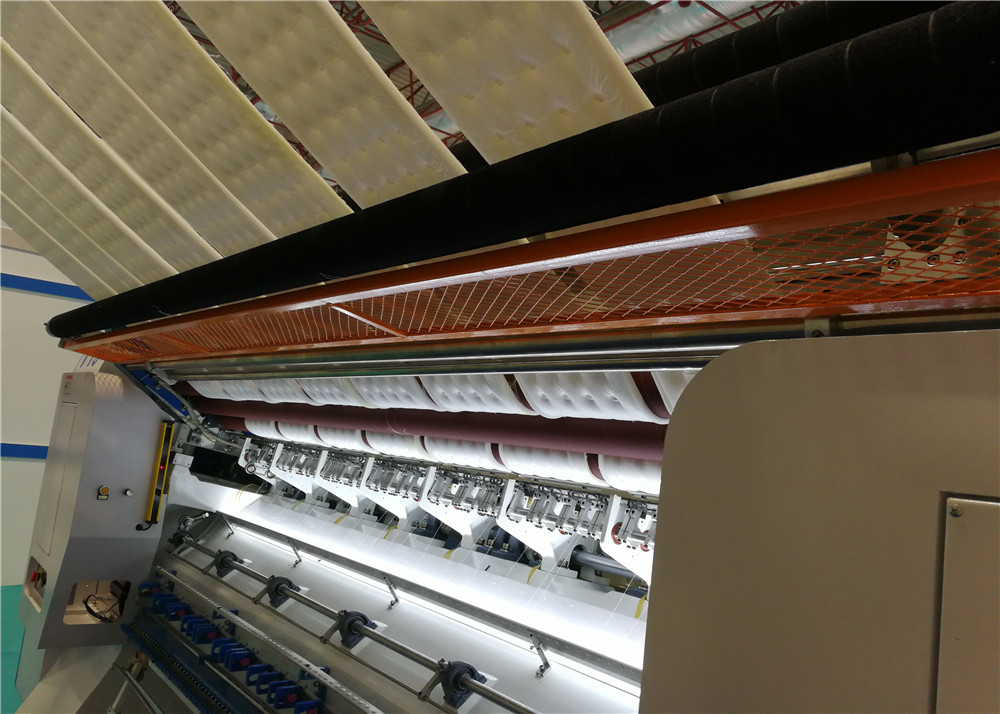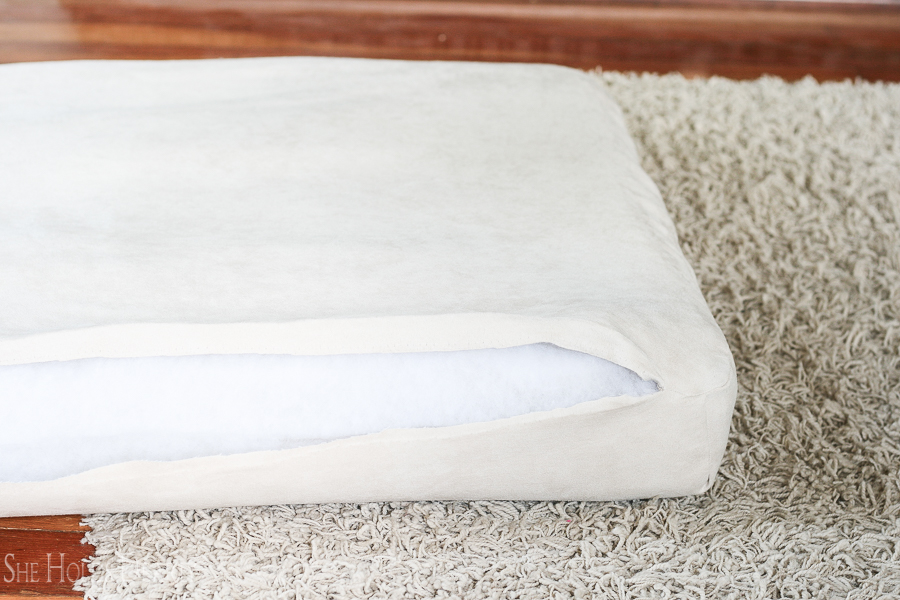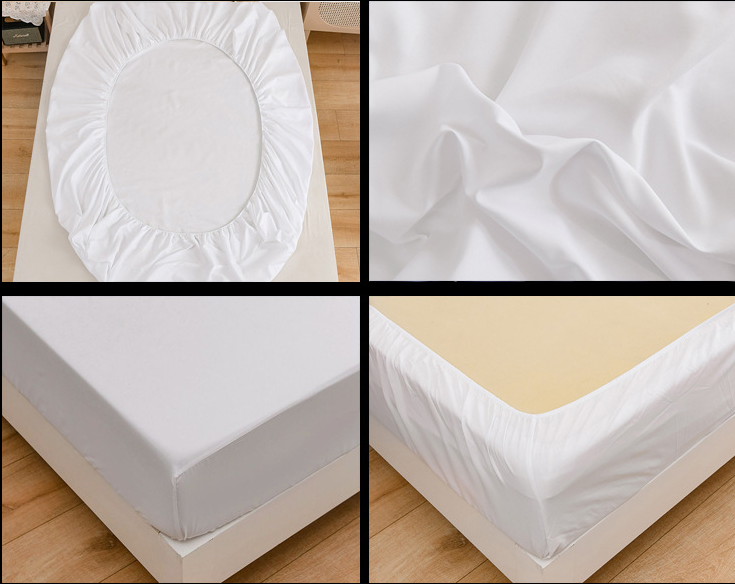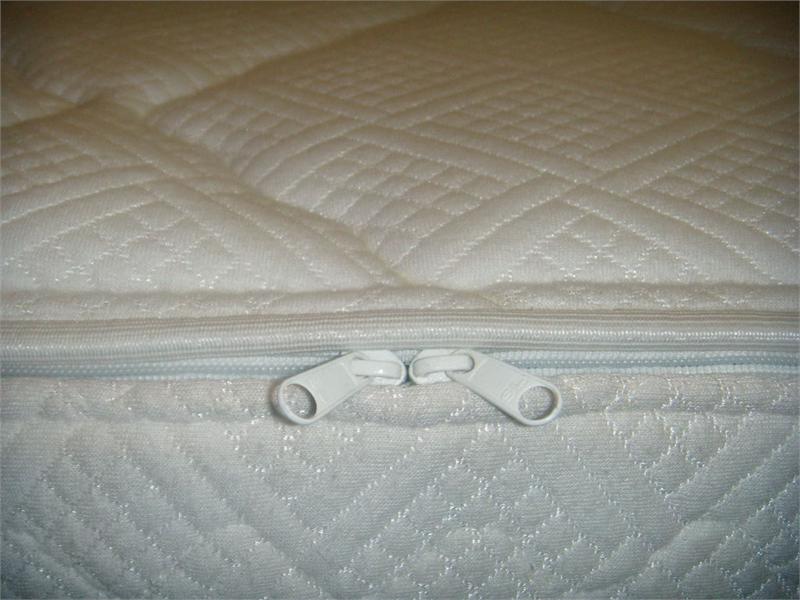How to Sew a Mattress Cover
Sewing your own mattress cover can be a fun and rewarding DIY project. Not only will you save money by making it yourself, but you can also customize it to fit your specific mattress size and style preferences. Follow these easy steps to sew your own mattress cover and give your bed a fresh new look.
DIY Mattress Cover Sewing Tutorial
If you have basic sewing skills and a sewing machine, you can easily make your own mattress cover. Start by measuring your mattress and adding a few inches to each side to allow for seam allowances. Then, choose your fabric. Organic cotton and linen are popular options for mattress covers as they are soft, breathable, and durable. You can also use a waterproof fabric if you have young children or pets.
Next, cut your fabric according to your measurements, making sure to leave enough excess for the sides and corners. If you are using a patterned fabric, make sure to align the pattern correctly before cutting. Then, pin the sides of the fabric together and sew with a zigzag stitch to prevent fraying.
Step-by-Step Guide to Sewing a Mattress Cover
Once you have sewn the sides, it's time to tackle the corners. This can be a bit tricky, but don't worry, it's not as complicated as it seems. Start by folding the fabric at the corner diagonally and pinning it in place. Then, sew along the pinned edge, making sure to backstitch at the beginning and end to secure the seam. Repeat this for all four corners.
After sewing the corners, turn the cover inside out and check for any loose threads or uneven seams. Trim any excess threads and make any necessary adjustments. If you want to add a zipper or elastic to keep the cover in place, now is the time to do so.
Easy Sewing Project: Mattress Cover
Making a mattress cover is a great beginner sewing project as it doesn't require any complicated techniques or tools. It's also a quick project that can be completed in an afternoon. Once you have the basic steps down, you can experiment with different fabrics, patterns, and designs to create a unique and personalized cover for your mattress.
Sewing Tips for Making a Mattress Cover
When sewing a mattress cover, it's important to use heavy-duty thread and a heavy-duty needle to ensure the seams are strong and durable. You can also reinforce the corners with an extra layer of fabric for added durability. Additionally, preshrinking your fabric before sewing will prevent any potential shrinking or warping of the cover after washing.
Custom Mattress Cover Sewing Pattern
If you want to make a custom-sized mattress cover, you can easily create your own pattern using your mattress measurements. Simply draw out the dimensions of your mattress on a large piece of paper and add a few inches for the sides and corners. This will ensure a perfect fit for your mattress.
Sewing a Fitted Mattress Cover
Sewing a fitted mattress cover is similar to sewing a regular mattress cover, but with the added step of creating elasticized corners. Measure the length and width of your mattress and cut a piece of elastic to fit each corner. Then, sew the elastic to the fabric, making sure to stretch it as you sew. This will create a snug and fitted cover for your mattress.
No-Sew Mattress Cover Tutorial
If sewing is not your thing, you can still make a no-sew mattress cover using fabric adhesive or fusible tape. Simply cut your fabric to size, fold over the edges, and secure them with the adhesive or tape. This is a quick and easy alternative for those who don't have a sewing machine or want a no-fuss option.
How to Make a Waterproof Mattress Cover
To make a waterproof mattress cover, you will need a waterproof fabric such as vinyl or PUL (polyurethane laminate). Follow the same steps as sewing a regular mattress cover, but make sure to use a walking foot on your sewing machine to prevent the fabric from slipping. You can also add a layer of towel fabric between the waterproof fabric and your mattress for added absorbency.
Sewing a Zippered Mattress Cover
For those who prefer a zippered mattress cover, you can easily add one to your handmade cover. Simply sew a zipper to one of the sides of the cover, making sure to leave enough excess fabric for the zipper to open and close smoothly. This is a great option for those who want to easily remove and wash their mattress cover.
With these tips and techniques, you can easily sew your own custom mattress cover and give your bed a fresh new look. Get creative with different fabrics and designs to make a cover that reflects your personal style and make your bed a cozy and inviting place to sleep. Happy sewing!
Sew a Mattress Cover for a Fresh and Inviting Bedroom Design

Why a Mattress Cover is Essential for Your Bedroom
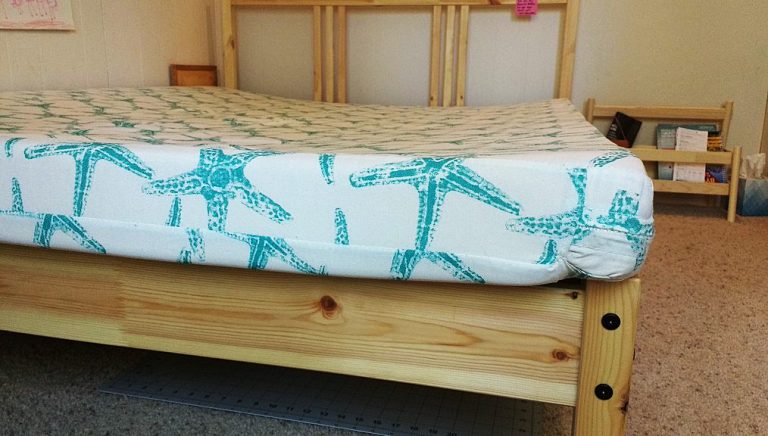 A mattress cover is an important element in any bedroom design. Not only does it protect your mattress from spills and stains, but it also adds an extra layer of comfort and longevity to your bed. While store-bought mattress covers are readily available, making your own allows for customization and personalization to match your unique style and bedroom decor. Plus, it's a fun and easy sewing project that can be completed in just a few simple steps.
A mattress cover is an important element in any bedroom design. Not only does it protect your mattress from spills and stains, but it also adds an extra layer of comfort and longevity to your bed. While store-bought mattress covers are readily available, making your own allows for customization and personalization to match your unique style and bedroom decor. Plus, it's a fun and easy sewing project that can be completed in just a few simple steps.
Gather Your Materials and Measurements
 Before you begin sewing your mattress cover, gather all the necessary materials and take precise measurements of your mattress.
Fabric
is the most important material, and you can choose from a variety of options, including cotton, linen, or even waterproof material.
Thread, scissors, and a sewing machine
are also essential for this project. Use a measuring tape to determine the width, length, and height of your mattress, and add a few inches to each measurement for seam allowance.
Before you begin sewing your mattress cover, gather all the necessary materials and take precise measurements of your mattress.
Fabric
is the most important material, and you can choose from a variety of options, including cotton, linen, or even waterproof material.
Thread, scissors, and a sewing machine
are also essential for this project. Use a measuring tape to determine the width, length, and height of your mattress, and add a few inches to each measurement for seam allowance.
Start Sewing
 Once you have your materials and measurements ready, it's time to start sewing. Begin by cutting your fabric according to the measurements you took, making sure to add a few inches for seam allowance. If your fabric has a pattern, make sure to align it correctly before sewing.
Pin the sides of the fabric together
and use a sewing machine to sew along the edges, leaving one side open.
Once you have your materials and measurements ready, it's time to start sewing. Begin by cutting your fabric according to the measurements you took, making sure to add a few inches for seam allowance. If your fabric has a pattern, make sure to align it correctly before sewing.
Pin the sides of the fabric together
and use a sewing machine to sew along the edges, leaving one side open.
Add Finishing Touches
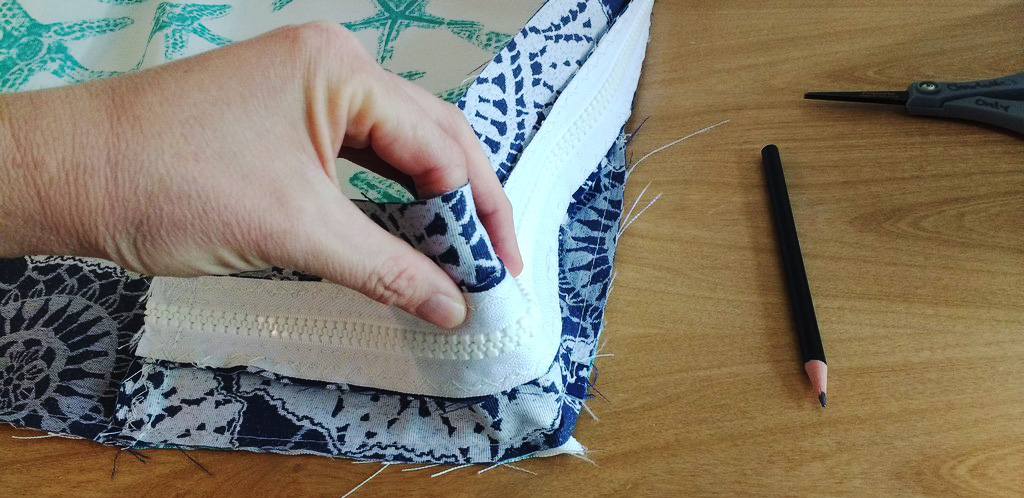 After sewing the sides together, turn the cover inside out and
sew the final side shut
. To give your mattress cover a polished look, you can add
decorative elements
such as ruffles, lace, or buttons. You can also add a
zipper or buttons
for easy removal and washing. Once you have finished, place the cover over your mattress and smooth out any wrinkles.
After sewing the sides together, turn the cover inside out and
sew the final side shut
. To give your mattress cover a polished look, you can add
decorative elements
such as ruffles, lace, or buttons. You can also add a
zipper or buttons
for easy removal and washing. Once you have finished, place the cover over your mattress and smooth out any wrinkles.
Enjoy Your Fresh and Inviting Bedroom Design
 With your new custom-made mattress cover, your bedroom design will feel fresh and inviting. The cover not only adds a personal touch to your space, but it also protects your mattress and makes it last longer.
Be sure to wash your mattress cover regularly
to keep it clean and in good condition. With this simple sewing project, you can elevate your bedroom design and create a comfortable and inviting space for rest and relaxation.
With your new custom-made mattress cover, your bedroom design will feel fresh and inviting. The cover not only adds a personal touch to your space, but it also protects your mattress and makes it last longer.
Be sure to wash your mattress cover regularly
to keep it clean and in good condition. With this simple sewing project, you can elevate your bedroom design and create a comfortable and inviting space for rest and relaxation.

























